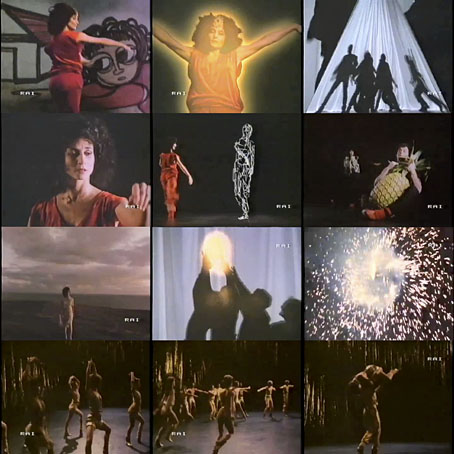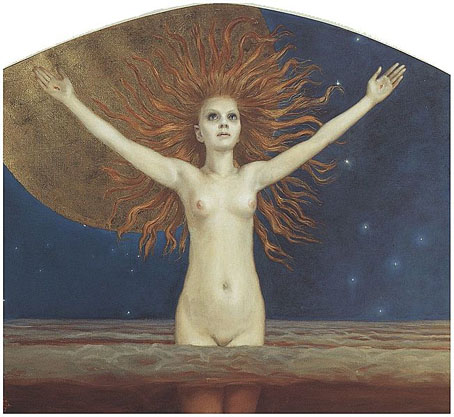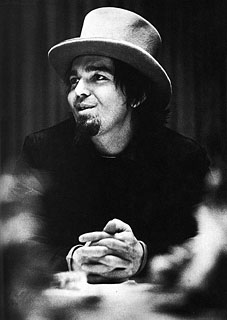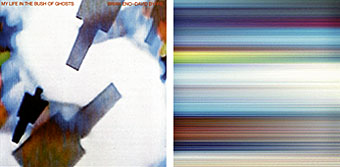The music links this weekend were all related to my favourite Talking Heads period, 1979–1982, which not only encompasses the release of the band’s Fear Of Music and Remain In Light albums but also saw the individual group members produce some great solo records. I’d been playing one of these, the first Tom Tom Club album, all week while the sun was out. Now the temperature has dropped again, and we’re back to this summer’s default setting of perma-rain, the music doesn’t feel quite so appropriate. In 1981 while Tina Weymouth and Chris Frantz were exercising their funk muscles David Byrne was recording My Life In The Bush Of Ghosts with Brian Eno. The score Byrne produced immediately prior to this for the Twyla Tharp Dance Company often sounds like My Life… avant la lettre, with similar musicians (Eno included), sounds and rhythms. This is one reason I favour Songs From The Broadway Production Of “The Catherine Wheel” over Byrne’s subsequent solo albums.
The Catherine Wheel was a seventy-two minute dance film choreographed and directed by Twyla Tharp. The film was part-produced by the BBC and as far as I’m aware was only ever broadcast the once in Britain in 1983. Byrne’s score runs continuously as on the CD and cassette versions, the vinyl release being a re-sequenced editing of the tracks favouring the handful of songs. In dance terms the film was very innovative for the time, employing some subtle video effects and a couple of sequences where a duet is danced with a wire-frame CGI figure. A long end sequence, The Golden Section, predates The Catherine Wheel, and was apparently the origin of the project. Since I hadn’t seen any of this in nearly thirty years my search for Tom Tom Club videos at the weekend made me wonder whether YouTube had any Catherine Wheel clips, only to find that the entire film can be viewed here in a recording from Italian TV. (That copy was removed, link now goes to another one.) I’m so familiar with Byrne’s album it’s been fascinating seeing this again, especially since I only saw it on a small black-and-white TV originally and recalled very little of the performance. All the music works well enough on its own but seems completed when heard in this context, especially during The Golden Section. The film is also available on DVD from Kultur so this is another item for the shopping list.
Previously on { feuilleton }
• Moonlight in Glory
• My Life in the Bush of Ghosts




